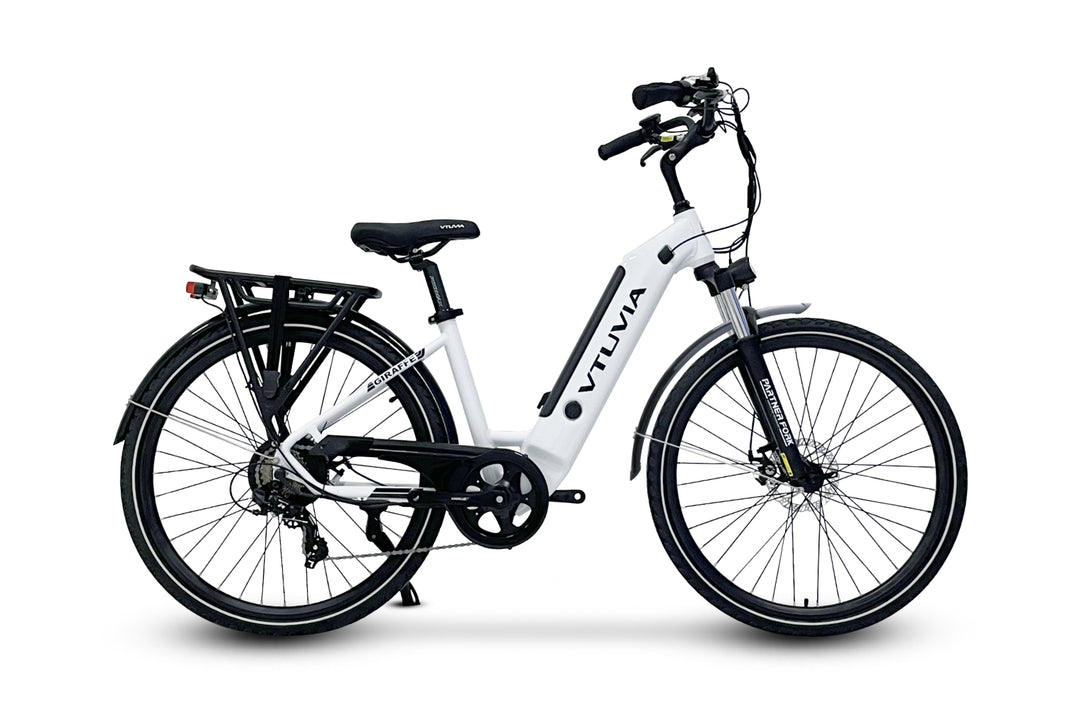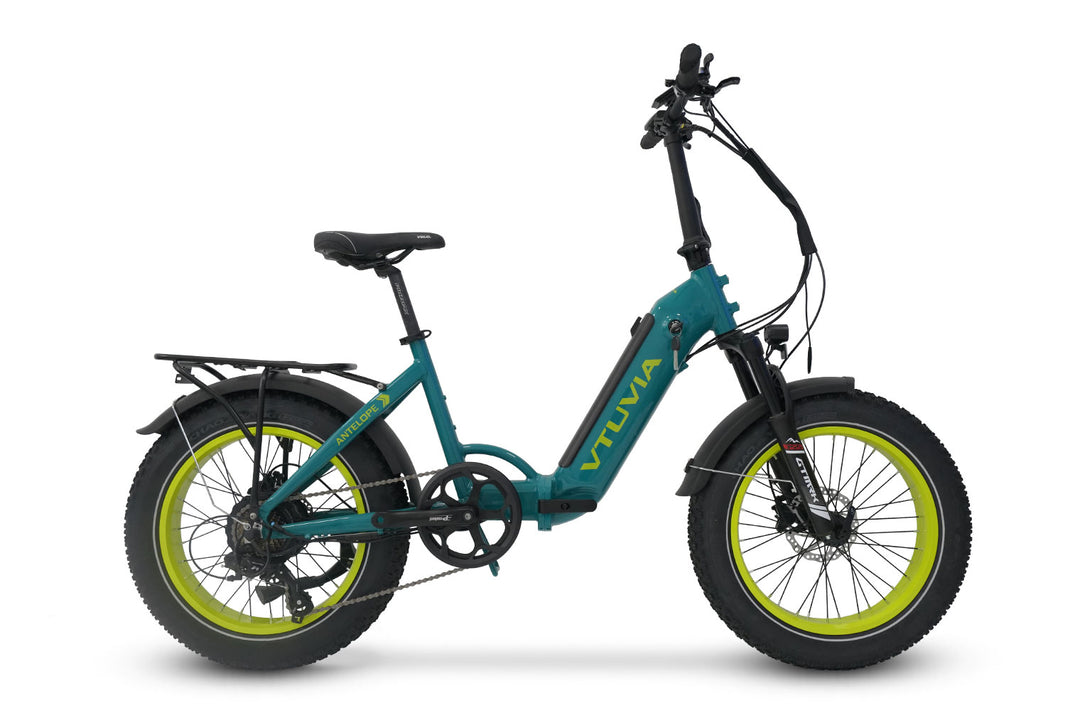Category
A Leader in Dual Battery Battery-Powered Bike Riding Beginner E-bike Guide Bike Maintenance Cadence Sensor Cycling Life E-bike E-Bike Accessories E-Bike Adventures E-Bike Models E-bike offers E-Biking for Fitness E-BIKING Health Advantages E-mountain bikes Electric bicycle efficiency Electric Bike Riding Tips Electric Bikes Electric Biking for Adults Eletric Bike Best Reviews Every Rider Choice Fat Tire Electric Bike Folding Fat Tire E-Bike Guides & Tips Hydraulic Brakes on E-Bikes Long-Range E-Bike Long-range e-bikes Meet Our Riders Off-road E-BIKES Reviews Sustainable urban transport Torque sensorLastest Blog Post
Introduction
Arthritis is a common condition that affects the joints, causing pain, stiffness, and inflammation. The knees are one of the most commonly affected joints, and arthritis can make it difficult to walk, climb stairs, or participate in other activities.
Biking is a low-impact exercise that can be a safe and effective way to improve joint health for people with arthritis. Biking does not put as much stress on the joints as other activities, such as running or jumping. It can also help to strengthen the muscles around the knees, which can help to support the joint and reduce pain.
This blog post will explore the relationship between biking and arthritis, and provide tips on how to safely and effectively bike with arthritic knees.

What is Arthritis?
Arthritis is a condition that affects the joints. It occurs when the tissue that lines the joints becomes inflamed and damaged. This can cause pain, stiffness, swelling, and loss of range of motion in the joint.
There are many different types of arthritis, but the most common types are osteoarthritis and rheumatoid arthritis. Osteoarthritis is caused by the breakdown of cartilage in the joints. Rheumatoid arthritis is an autoimmune disease that causes the body's immune system to attack the joints.
The Relationship between Biking and Arthritis
There is a growing body of evidence that suggests that biking can be beneficial for people with arthritis. A study published in the journal "Rheumatology" found that biking for 30 minutes three times a week improved pain, stiffness, and function in people with knee osteoarthritis.
Another study, published in the journal "Osteoarthritis and Cartilage," found that biking could help to slow the progression of osteoarthritis in the knees.
The benefits of biking for arthritis are thought to be due to the following factors:
- Biking is a low-impact exercise, which means that it does not put as much stress on the joints as other activities.
- Biking can help to strengthen the muscles around the joints, which can help to support the joint and reduce pain.
- Biking can help to improve range of motion in the joints.
- Biking can help to improve cardiovascular health, which can also have a positive impact on arthritis symptoms.
Advantages of Biking for Arthritic Knees
In addition to the benefits mentioned above, biking for arthritic knees can also offer the following advantages:
- It is a convenient exercise that can be done almost anywhere.
- It is a relatively inexpensive exercise.
- It is a social activity that can be enjoyed with friends or family.
- It is a fun and enjoyable activity.
Choosing the Right Bike
When choosing a bike for arthritic knees, it is important to consider the following factors:
- The type of bike: A hybrid or comfort bike is a good choice for people with arthritic knees. These bikes have wider tires and a more upright riding position, which can make them more comfortable to ride.
- The frame: A lightweight frame is a good choice for people with arthritic knees. This will make the bike easier to pedal.
- The seat: A padded seat is a good choice for people with arthritic knees. This will help to reduce discomfort.
- The handlebars: The handlebars should be adjustable so that you can find a comfortable position.
How to Choose a Stationary Bike with Bad Knees
If you prefer to bike indoors, a stationary bike can be a good option. When choosing a stationary bike, it is important to consider the following factors:
- The type of bike: A recumbent bike is a good choice for people with arthritic knees. These bikes have a reclined seat, which can make them more comfortable to ride.
- The resistance: The resistance should be adjustable so that you can find a level that is comfortable for you.
- The seat: The seat should be padded and adjustable.
- The handlebars: The handlebars should be adjustable so that you can find a comfortable position.
How to Choose an Outdoor Bike with Bad Knees
If you prefer to bike outdoors, there are a few things you can do to make the experience more comfortable for your knees:
- Choose a bike with wider tires. Wider tires will provide more cushioning and reduce impact on your knees.
- Choose a bike with a comfortable seat. A padded seat will help to reduce discomfort.
- Wear knee pads. Knee pads can help to protect your knees from impact and pain.
- Start slowly and gradually increase the intensity and duration of your rides.

Can I Ride a Bike with Bad Knees?
Yes, you can ride a bike with bad knees. However, it is important to take some precautions to make sure that you are biking safely and comfortably.
Here are some tips for biking with bad knees:
- Start slowly and gradually increase the intensity and duration of your rides.
- Avoid riding on rough terrain.
- Wear knee pads.
- Use a bike with a comfortable seat and upright riding position.
- Take breaks if you start to feel pain.
- If you have any concerns about biking with bad knees, talk to your doctor.
Precautions and Safety Measures
In addition to choosing the right bike and taking it slow, there are other precautions you can take to prevent knee injuries while biking:
- Warm up before you start riding. This will help to loosen up your muscles and joints.
- Cool down after you finish riding. This will help to prevent muscle stiffness and soreness.
- Stay hydrated. Drink plenty of water before, during, and after your ride.
- Avoid riding in extreme weather conditions. Hot weather can dehydrate you and cold weather can make your muscles stiff.
- Be aware of your surroundings. Watch out for potholes, cracks in the pavement, and other obstacles that could cause you to fall.
Building a Biking Routine for Arthritic Knees
If you are new to biking, start with short rides and gradually increase the duration and intensity of your rides as you get stronger. It is also important to listen to your body and take breaks if you start to feel pain.
Here is a sample biking routine for people with arthritic knees:
- Start with 10-minute rides three times a week.
- Gradually increase the duration of your rides by 5 minutes each week.
- Once you are comfortable riding for 30 minutes, you can start to add hills or other challenges to your rides.
- Be sure to take breaks if you start to feel pain.
Complementary Exercises for Arthritic Knees
In addition to biking, there are other exercises that can help to improve knee health. These exercises include:
- Strength training exercises: Strength training exercises can help to strengthen the muscles around the knees, which can help to support the joint and reduce pain.
- Stretching exercises: Stretching exercises can help to improve flexibility and range of motion in the knees.
- Yoga: Yoga is a low-impact exercise that can help to improve flexibility, strength, and balance.
Best Biking Terrains for Arthritic Knees
Some terrains are better for biking with arthritic knees than others. Here are some of the best biking terrains for people with arthritic knees:
- Smooth, paved surfaces: Smooth, paved surfaces are the best option for people with arthritic knees. These surfaces provide a good cushion and reduce impact on the knees.
- Flat terrain: Flat terrain is also a good option for people with arthritic knees. This type of terrain will not put as much stress on the knees as hills or other uneven terrain.
Equipment and Accessories for Biking with Bad Knees
There are a few pieces of equipment and accessories that can help to make biking more comfortable for people with bad knees. These include:
- A comfortable seat: A padded seat can help to reduce discomfort and pain.
- Knee pads: Knee pads can help to protect the knees from impact and pain.
- A recumbent bike: A recumbent bike is a good option for people with bad knees because it has a reclined seat that puts less stress on the knees.
Diet and Nutrition for Joint Health
A healthy diet can also help to improve joint health. Here are some foods that are good for joint health:
- Fruits and vegetables: Fruits and vegetables are a good source of antioxidants, which can help to protect the joints from damage.
- Fish: Fish is a good source of omega-3 fatty acids, which can help to reduce inflammation in the joints.
- Whole grains: Whole grains are a good source of fiber, which can help to keep the joints lubricated.
- Healthy fats: Healthy fats, such as olive oil and nuts, can help to reduce inflammation in the joints.

Frequently Asked Questions (FAQs)
Q: Can biking worsen arthritis?
Biking is generally not considered to worsen arthritis. In fact, studies have shown that biking can actually help to improve arthritis symptoms. However, if you are experiencing knee pain, it is important to start slowly and gradually increase the intensity and duration of your rides.
Q: Is stationary biking beneficial for arthritic knees?
Yes, stationary biking is a good option for people with arthritic knees. Stationary bikes are low-impact, which means that they do not put as much stress on the joints as other activities. They can also be adjusted to provide a comfortable riding position.
Q: How often should I bike with bad knees?
The frequency of biking with bad knees will vary depending on your individual fitness level and pain tolerance. However, a good starting point is to bike for 30 minutes three times a week. You can gradually increase the duration and frequency of your rides as you get stronger.
Q: What are the signs that I should stop biking?
If you experience any of the following symptoms, you should stop biking and consult with your doctor:
- Sharp pain in the knees
- Swelling in the knees
- Feeling of instability in the knees
- Numbness or tingling in the legs
Q: What are the benefits of biking for arthritic knees?
Biking can offer a number of benefits for arthritic knees, including:
- Reducing pain and inflammation
- Improving range of motion
- Strengthening the muscles around the knees
- Improving cardiovascular health
- Reducing stress
Q: Is there anything else I can do to help my arthritic knees?
In addition to biking, there are other things you can do to help your arthritic knees, such as:
- Losing weight: Excess weight can put extra stress on the knees.
- Stretching: Stretching can help to improve flexibility and range of motion.
- Strengthening exercises: Strength training exercises can help to strengthen the muscles around the knees.
- Applying heat or ice: Heat can help to relieve pain and inflammation, while ice can help to reduce swelling.
- Taking over-the-counter pain relievers: Over-the-counter pain relievers, such as ibuprofen or acetaminophen, can help to relieve pain and inflammation.
- Seeing a doctor: If you are experiencing severe pain or other complications, see a doctor for treatment.
I hope this blog post has been helpful. If you have any further questions, please feel free to ask.
Conclusion
Biking can be a safe and effective way for people with arthritic knees to improve their joint health. However, it is important to start slowly and gradually increase the intensity and duration of your rides. It is also important to listen to your body and take breaks if you start to feel pain.
If you are new to biking, it is a good idea to talk to your doctor before starting a biking routine. Your doctor can help you to choose the right bike and develop a safe and effective biking routine for your individual needs.
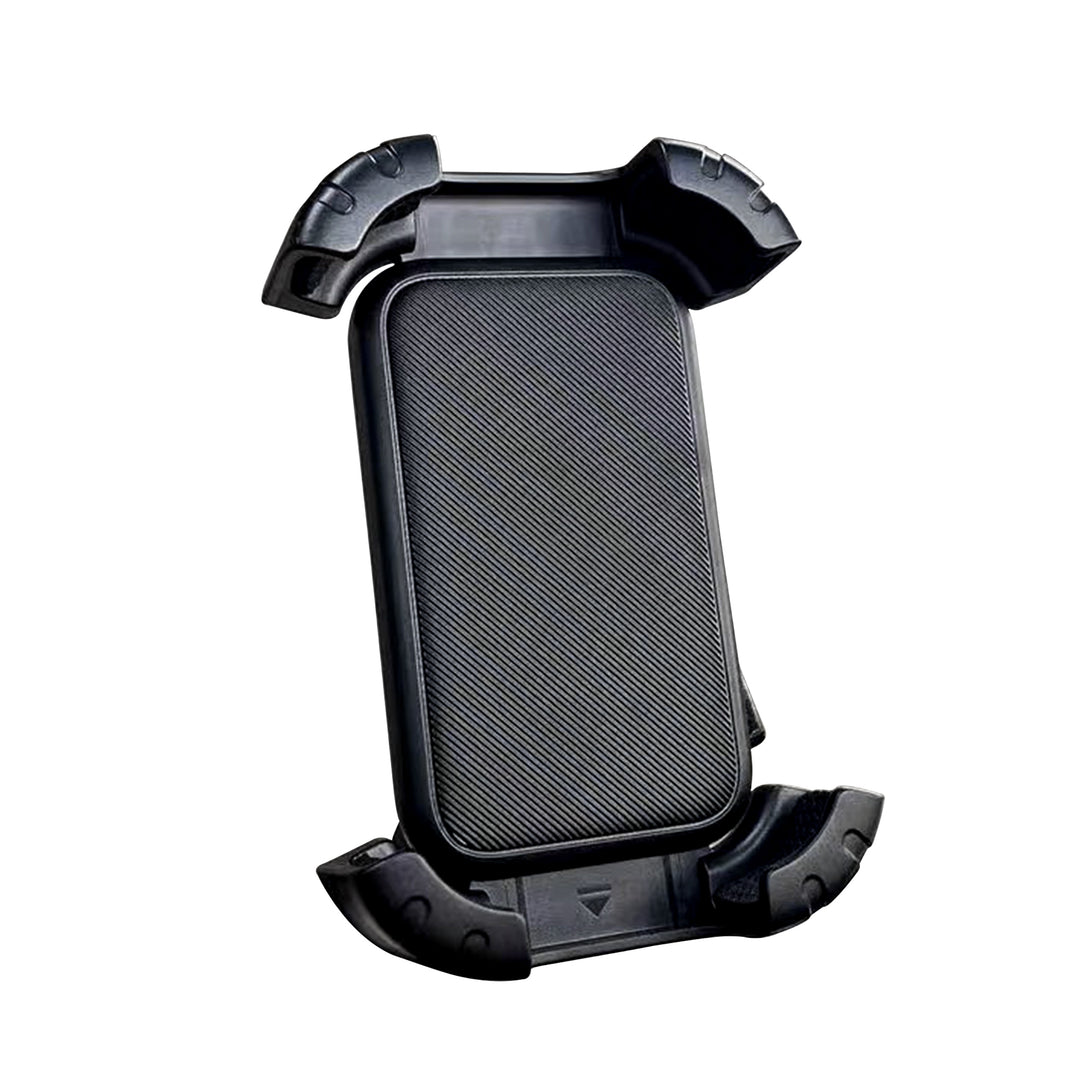
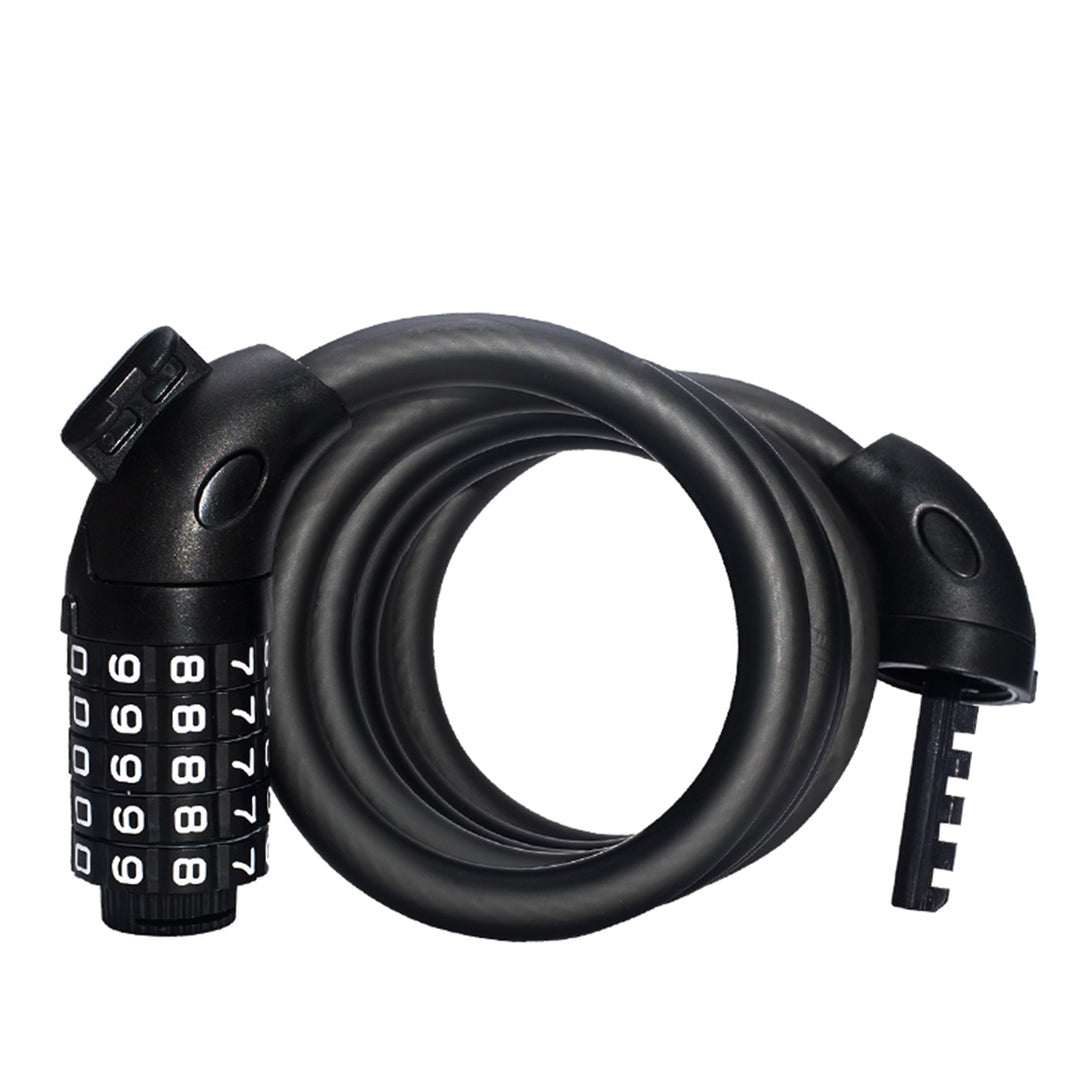
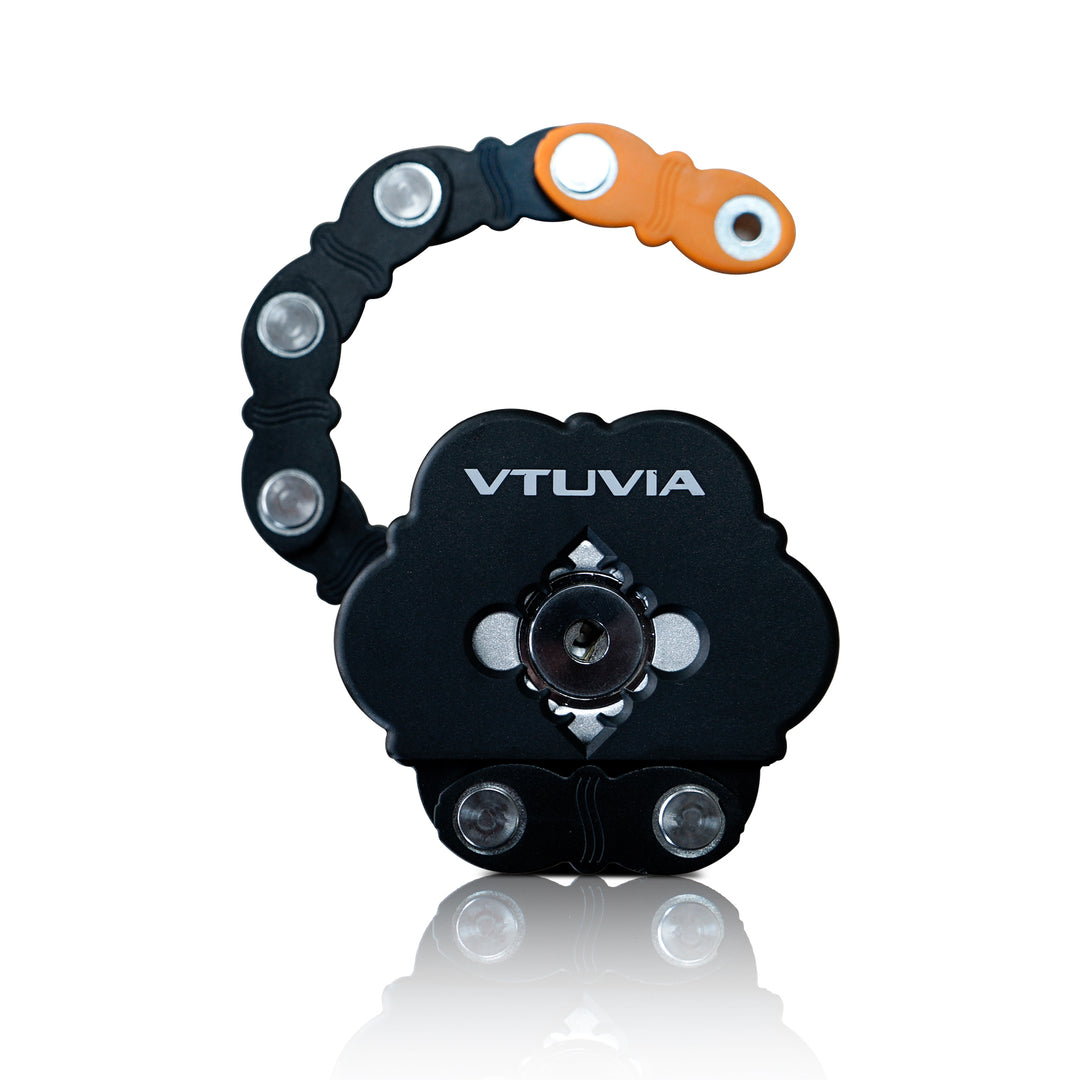
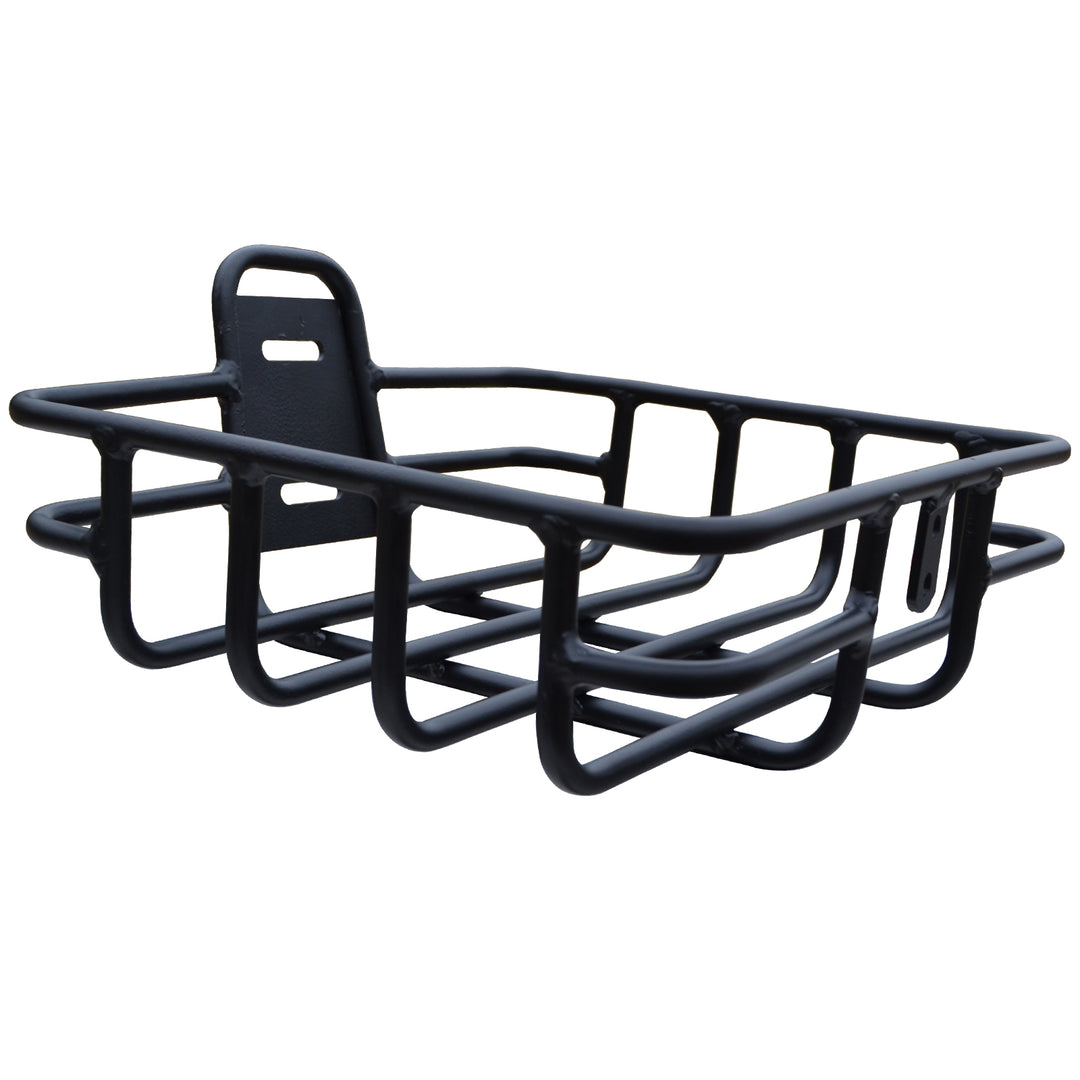
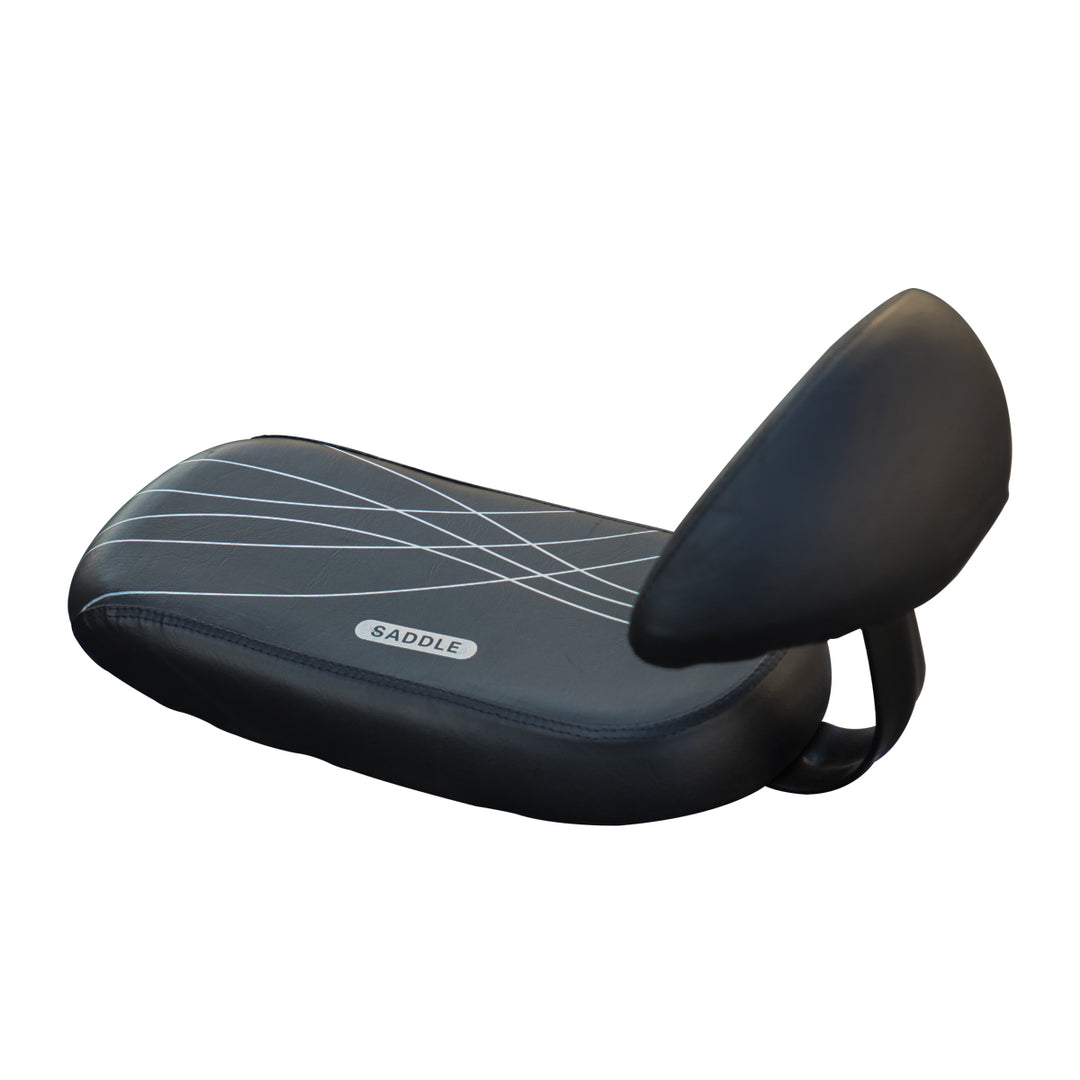
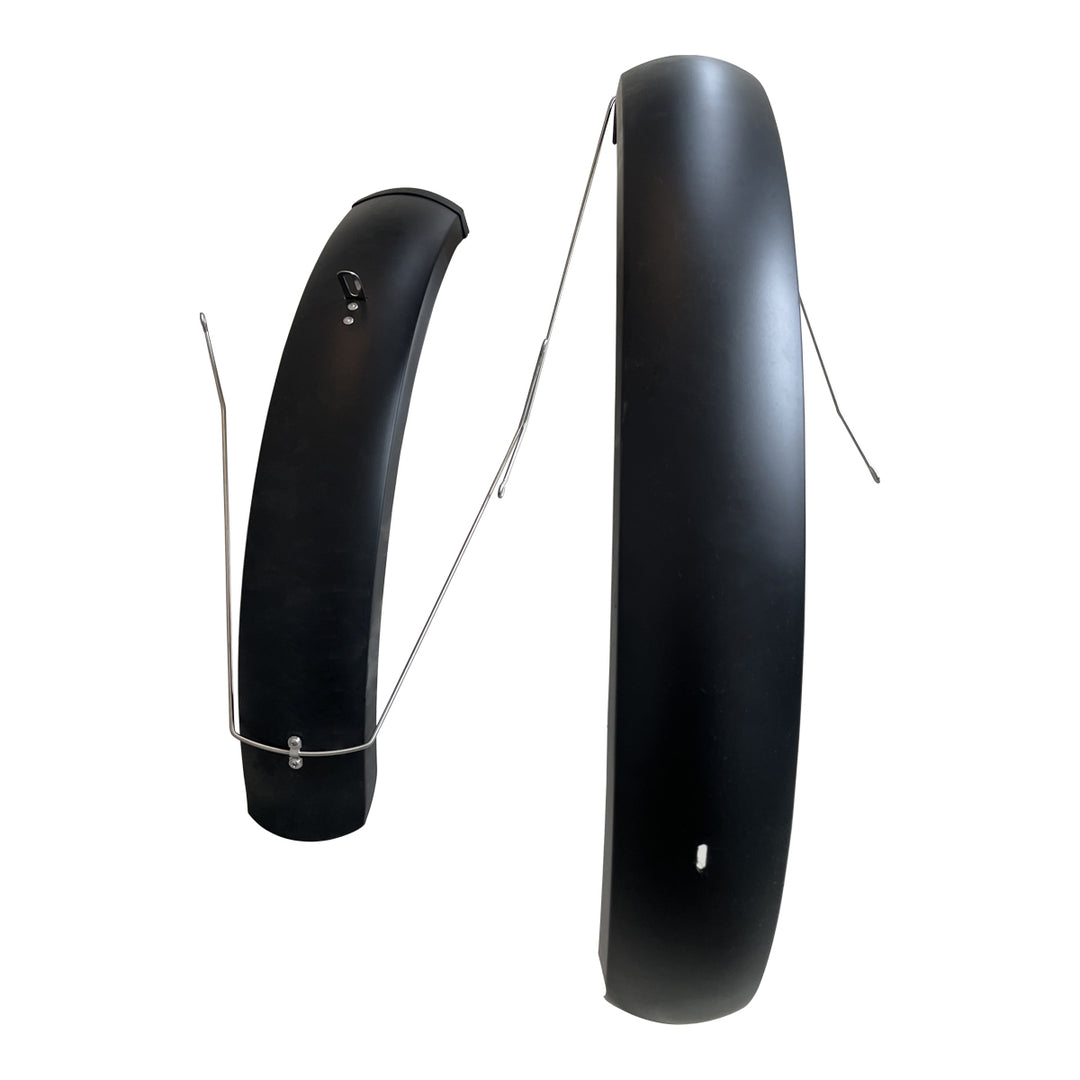
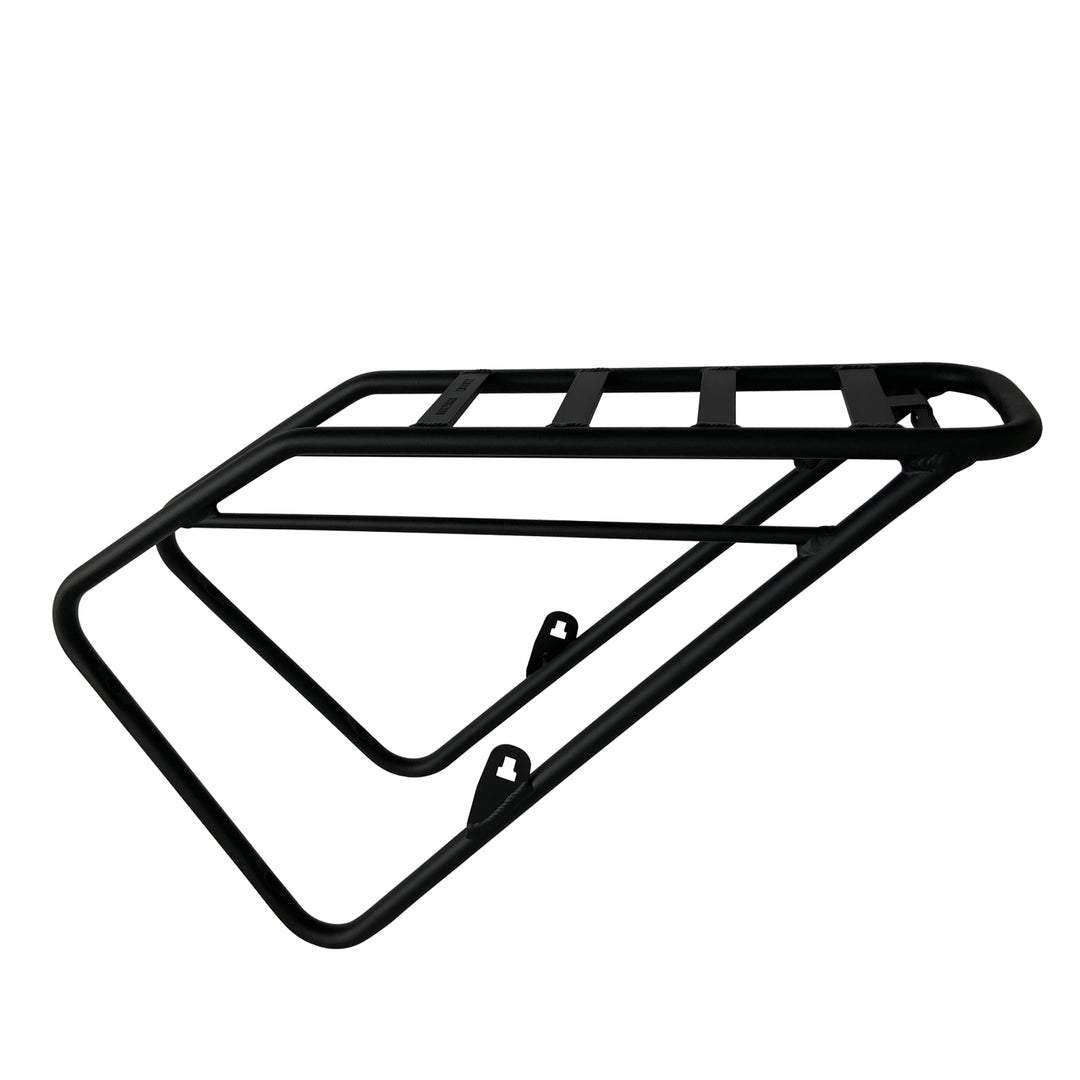
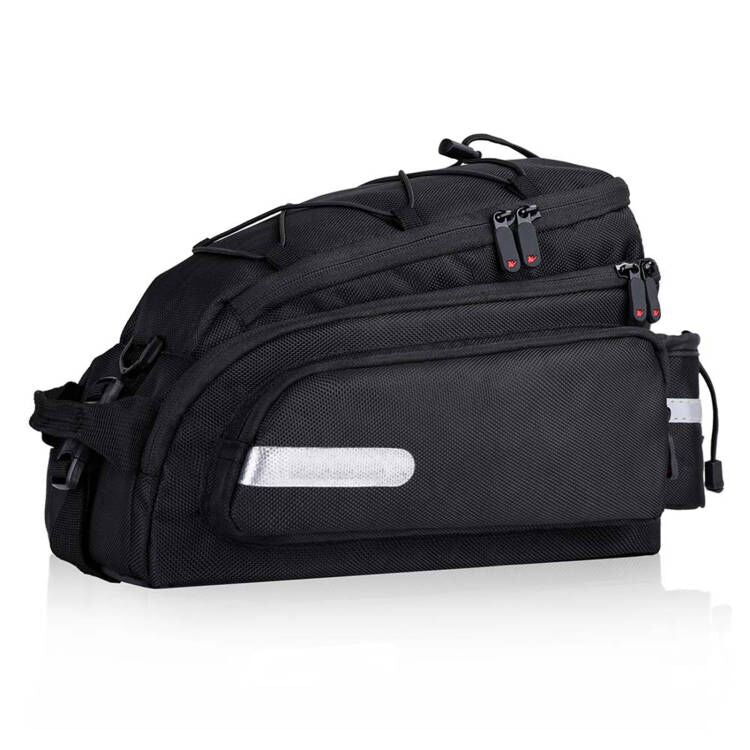


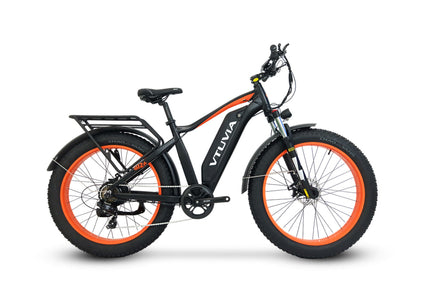 Off Road
Off Road
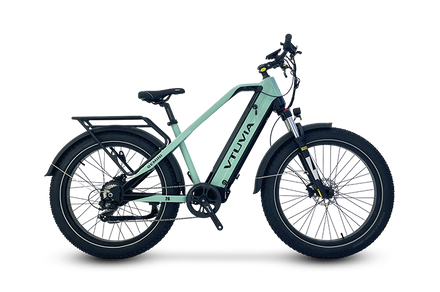 Dual Battery
Dual Battery
 High-Step Electric Bikes
High-Step Electric Bikes
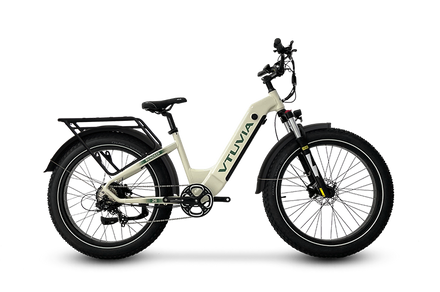 Step-Thru Electric Bikes
Step-Thru Electric Bikes
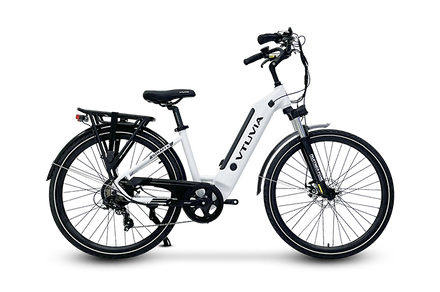 City & Commuter Bikes
City & Commuter Bikes
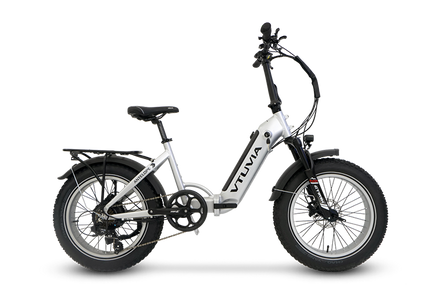 Folding Bikes
Folding Bikes
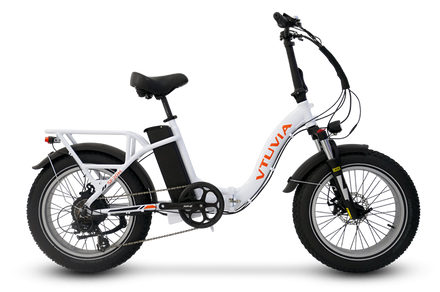 Cargo & Utility Bikes
Cargo & Utility Bikes
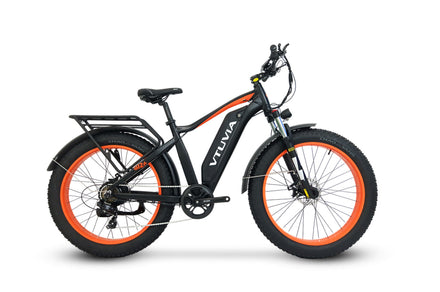 Fishing & Camping
Fishing & Camping
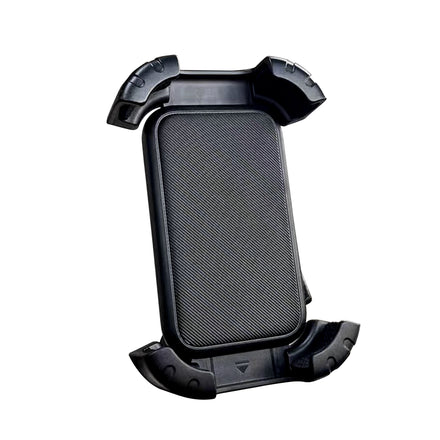 Bike Phone Mount
Bike Phone Mount
 VTUVIA SN100/SJ26 48V 13/15AH Battery
VTUVIA SN100/SJ26 48V 13/15AH Battery
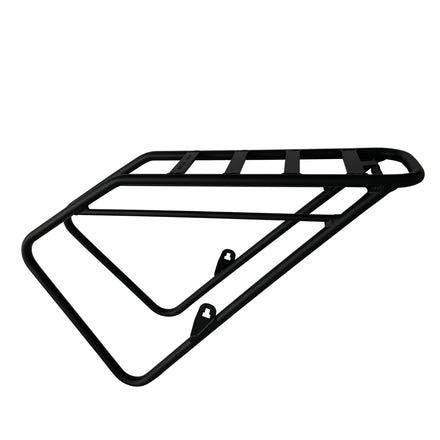 VTUVIA E-Bike Rear Rack
VTUVIA E-Bike Rear Rack
 VTUVIA E-Bike Fenders
VTUVIA E-Bike Fenders
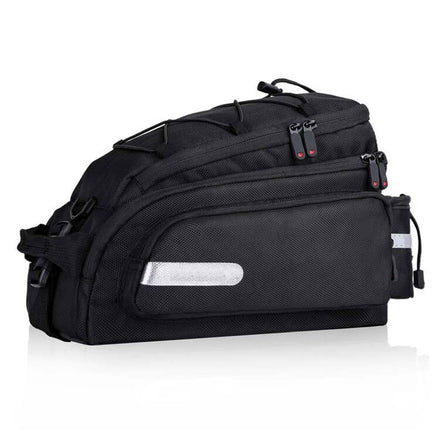 Rear Seat Bike Pannier Bag
Rear Seat Bike Pannier Bag
 VTUVIA SN100 Colorful Display
VTUVIA SN100 Colorful Display
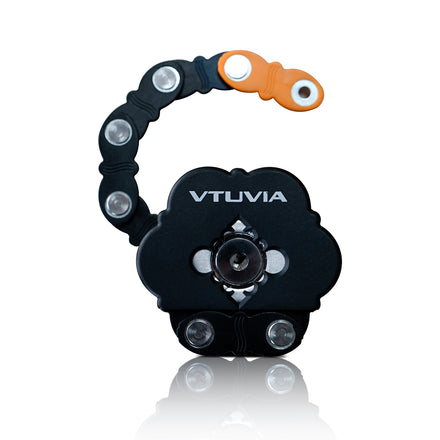 VTUVIA E-Bike Chain Lock
VTUVIA E-Bike Chain Lock
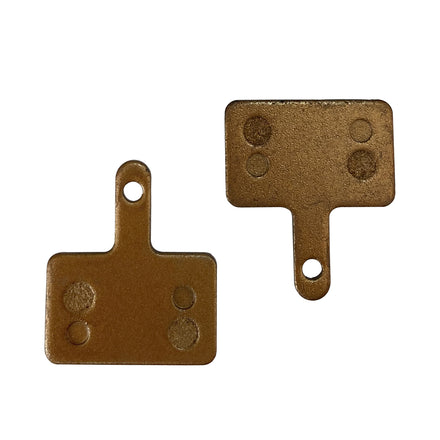 VTUVIA E-Bike Brake Pads (1 pair)
VTUVIA E-Bike Brake Pads (1 pair)
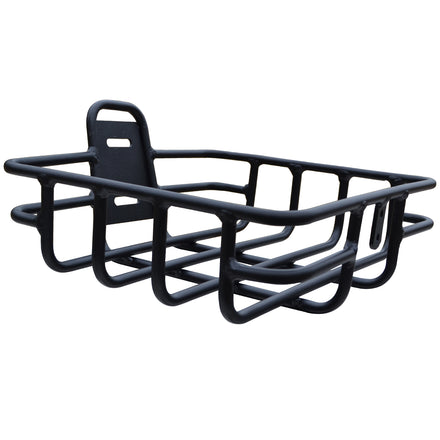 VTUVIA Foldable E-Bike Front Basket
VTUVIA Foldable E-Bike Front Basket
 VTUVIA SF20 48V 13/15AH Battery
VTUVIA SF20 48V 13/15AH Battery
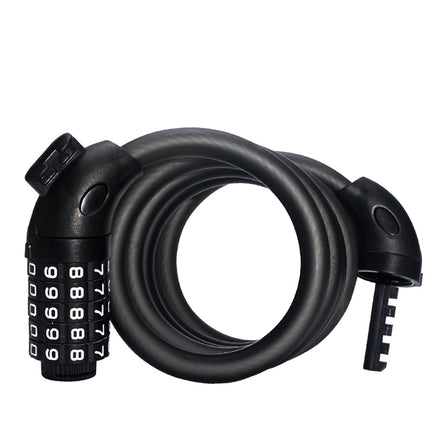 Bicycle Cable Lock
Bicycle Cable Lock
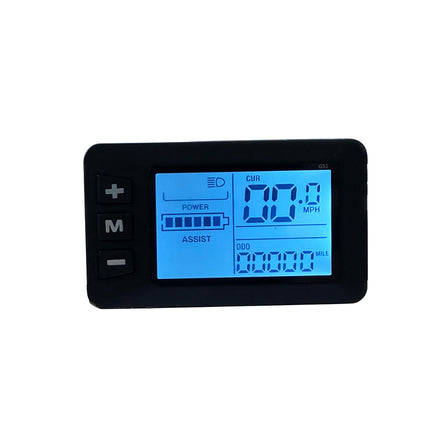 VTUVIA SF20 Display
VTUVIA SF20 Display
 VTUVIA E-Bike Chargers
VTUVIA E-Bike Chargers
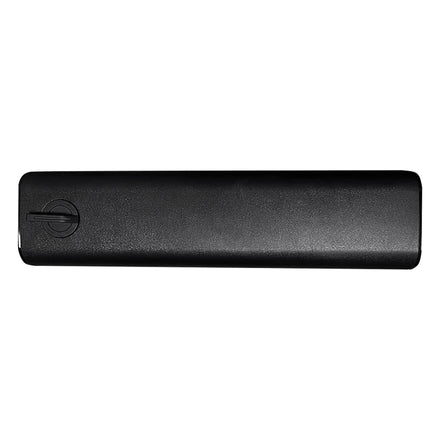 VTUVIA SX20/Reindeer/FMB 48V 14/15AH Battery
VTUVIA SX20/Reindeer/FMB 48V 14/15AH Battery
 Bicycle Frame Bag
Bicycle Frame Bag
 VTUVIA Gemini Battery
VTUVIA Gemini Battery




